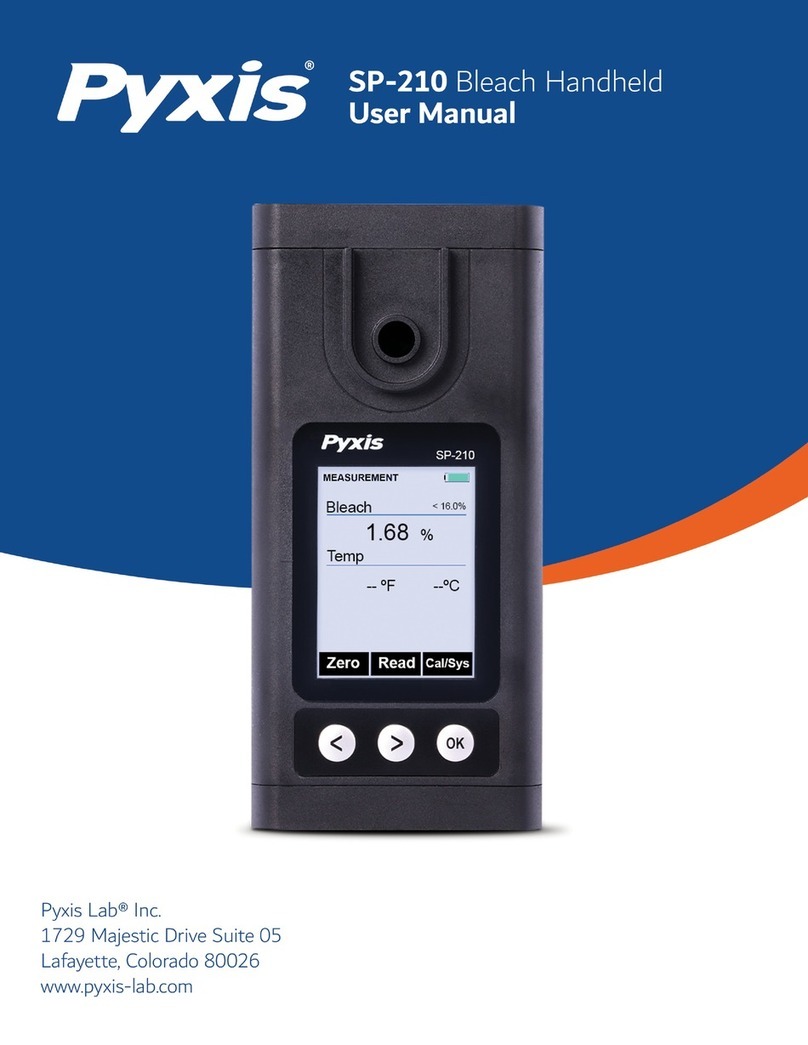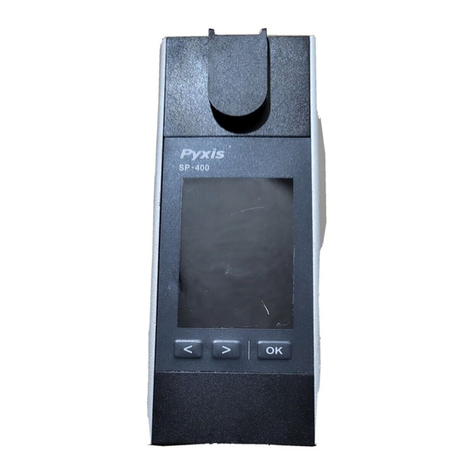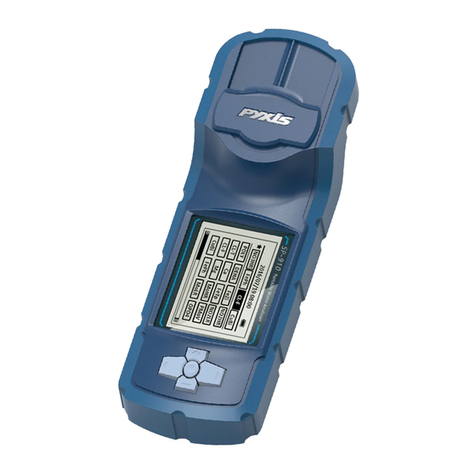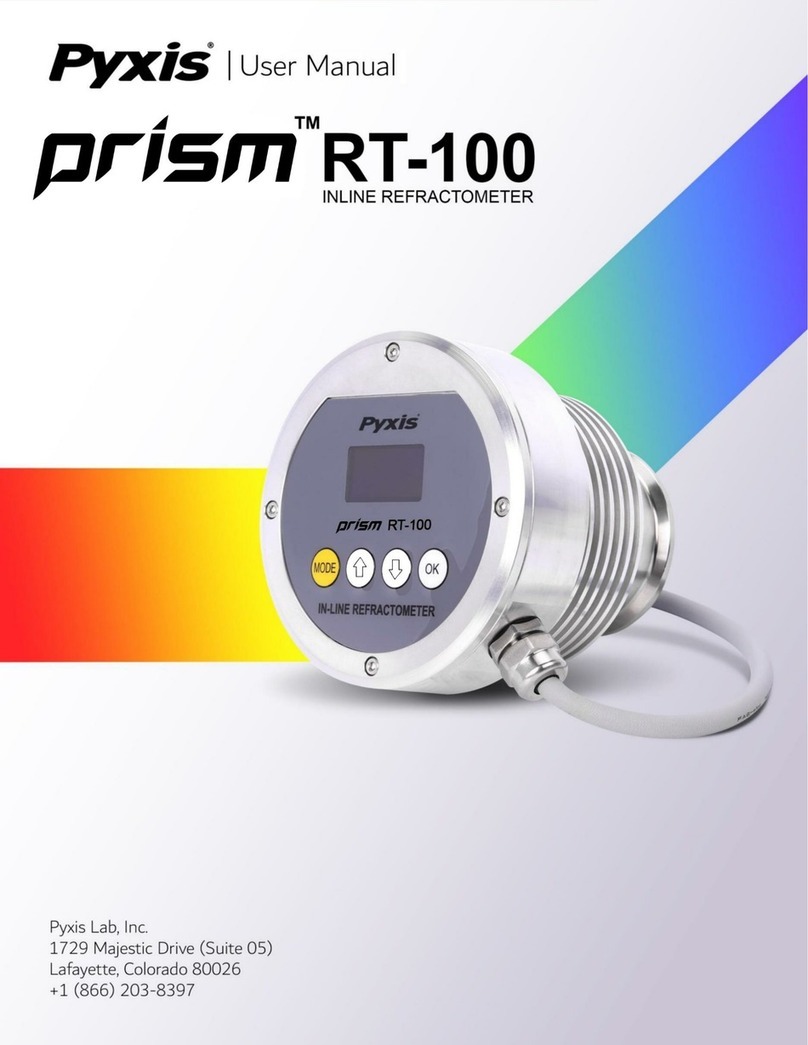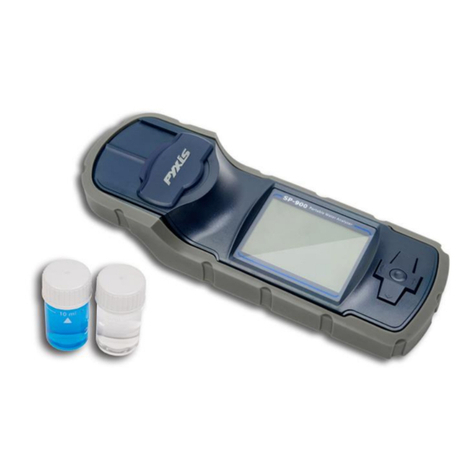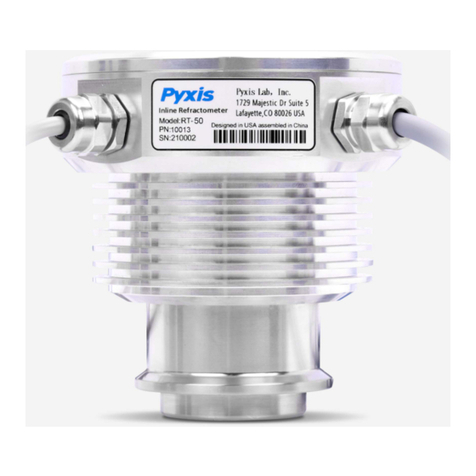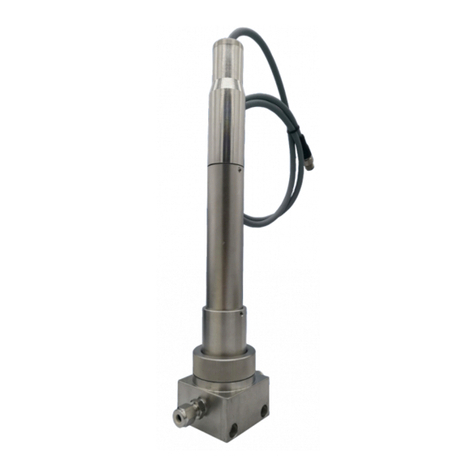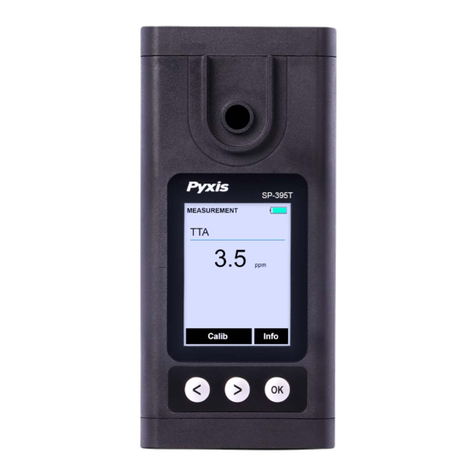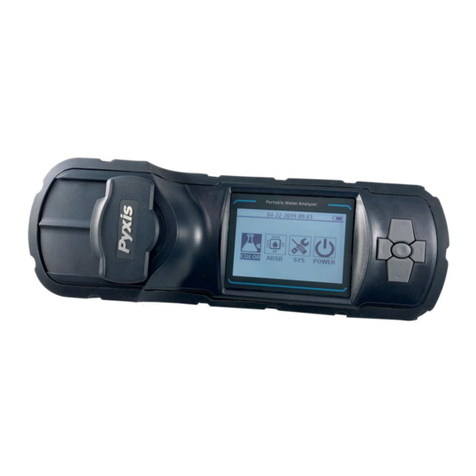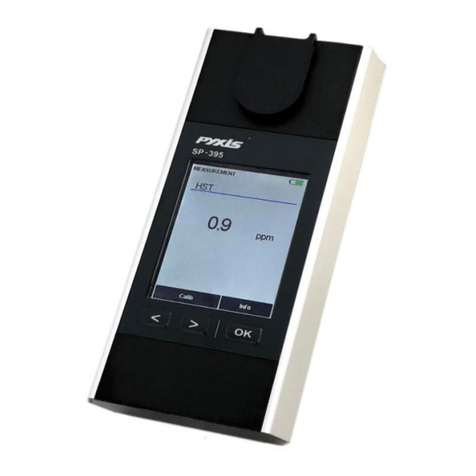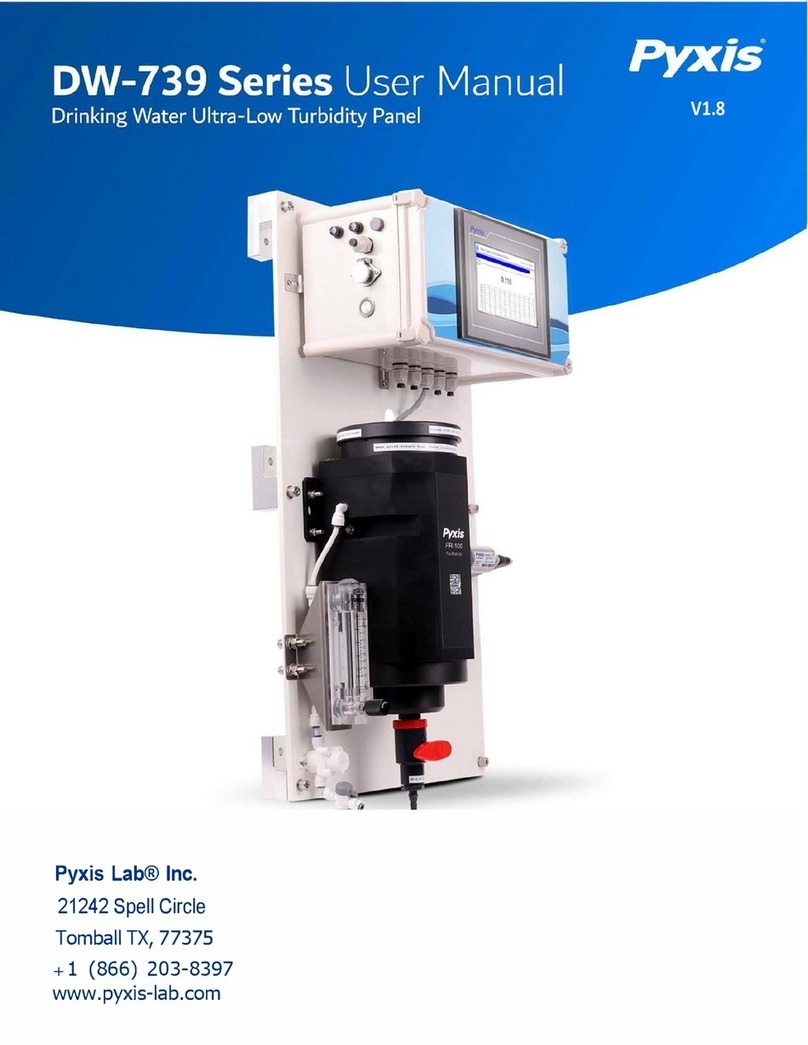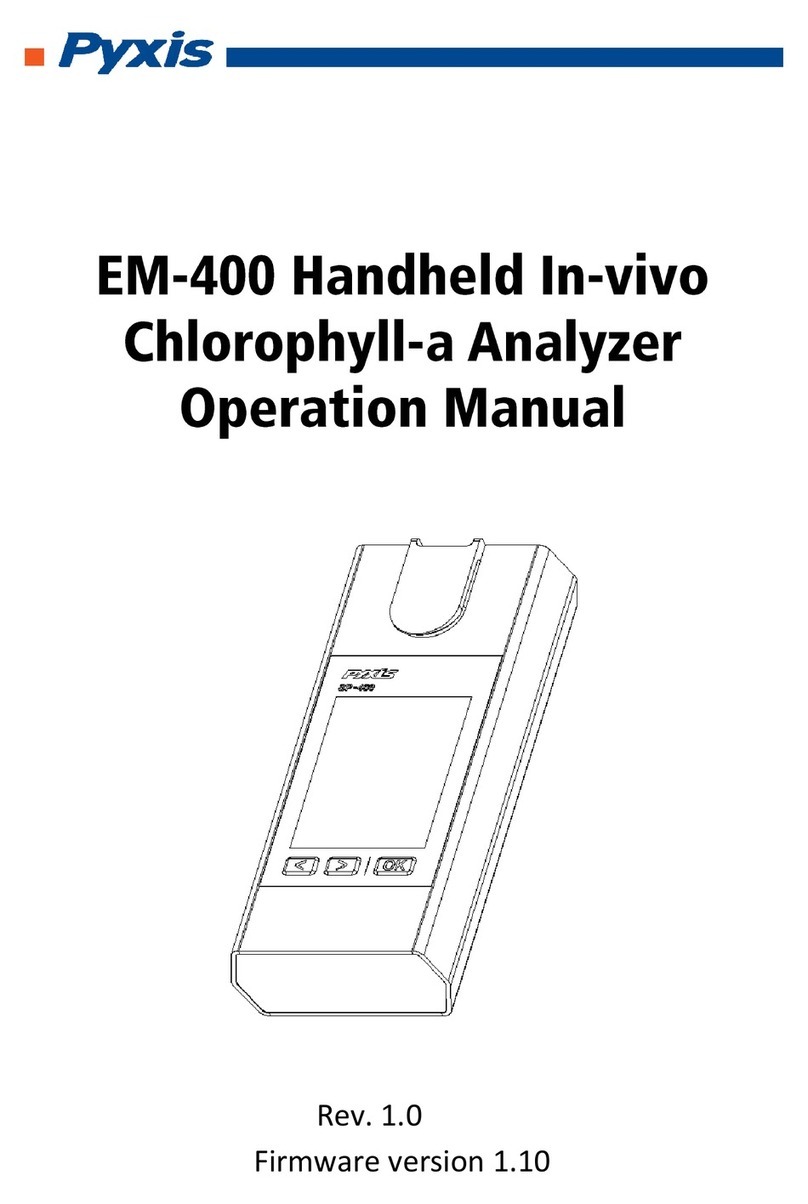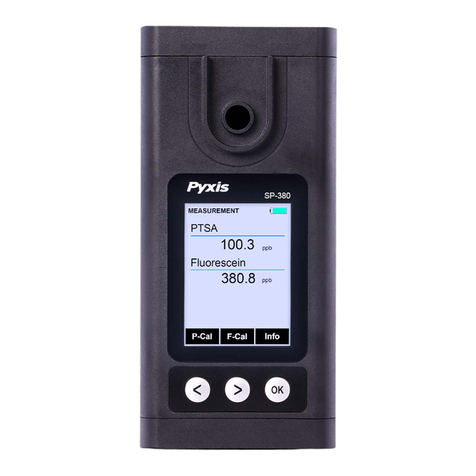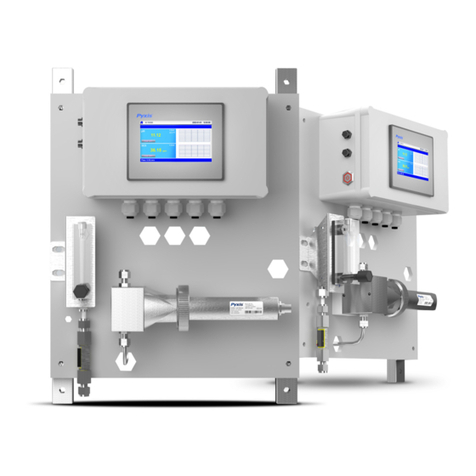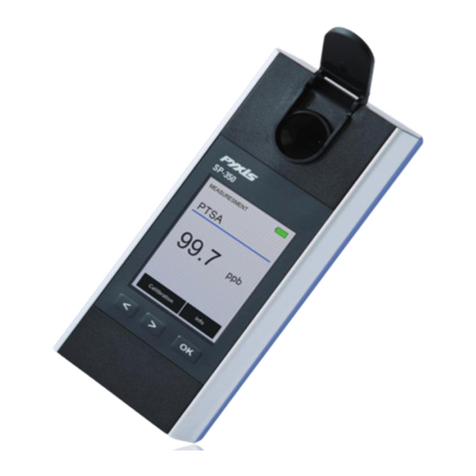
Table of Contents
Confidentiality ........................................................................................................................................................................ 3
Standard Limited Warranty............................................................................................................................................... 3
Warranty Term....................................................................................................................................................................... 3
Warranty Service................................................................................................................................................................... 3
Warranty Shipping................................................................................................................................................................ 3
Pyxis Technical Support...................................................................................................................................................... 3
Specifications........................................................................................................................................................ 6
Unpackaging ......................................................................................................................................................... 7
System Layout and Features ........................................................................................................................... 7
Dimension and Mounting................................................................................................................................. 9
Installation ..........................................................................................................................................................11
5.1. Installation Requirements ....................................................................................................................................11
5.2. Tube connection .......................................................................................................................................................11
5.3. Terminal Wiring........................................................................................................................................................13
Touch Screen Operation .................................................................................................................................15
6.1. Main Screen.................................................................................................................................................................15
6.2. User Login....................................................................................................................................................................15
6.3. Real-Time Monitoring ............................................................................................................................................16
6.4. Menu Bar......................................................................................................................................................................17
6.5. Configurable Parameters ......................................................................................................................................18
6.5.1. Cleaning Parameters Setting - Using FRP-200 Optional Automatic Cleaning Module........ 18
6.5.2. Alarm Parameters Setting ......................................................................................................19
6.5.3. Diagnostic Parameters............................................................................................................20
6.5.4. 4-20mA Output Parameters Setting ......................................................................................21
6.5.5. Communication Setting.......................................................................................................... 21
6.6. Calibration.................................................................................................................................................................. 22
6.6.1. pH Calibration
..........................................................................................................................22
6.6.2. Residual Chlorine Calibration................................................................................................ 24
6.6.3. Turbidity Calibration ............................................................................................................. 27
6.7. Recovering Data........................................................................................................................................................33
6.8. Alarm View................................................................................................................................................................. 33
6.9. Historical Data ...........................................................................................................................................................34
6.10. Historical Data Curves............................................................................................................................................36
6.11. User Management ................................................................................................................................................... 39
Daily Maintenance ............................................................................................................................................ 41
7.1. Correspondence Address..................................................................................................................................... 41
7.2. Operation and Maintenance.................................................................................................................................42
7.3. Instrument Alarms and Descriptions............................................................................................................... 43
Replacing pH and Oxidizer Electrode Head ............................................................................................44
9. Order Information.………………………………………………………………………………………………………………45
